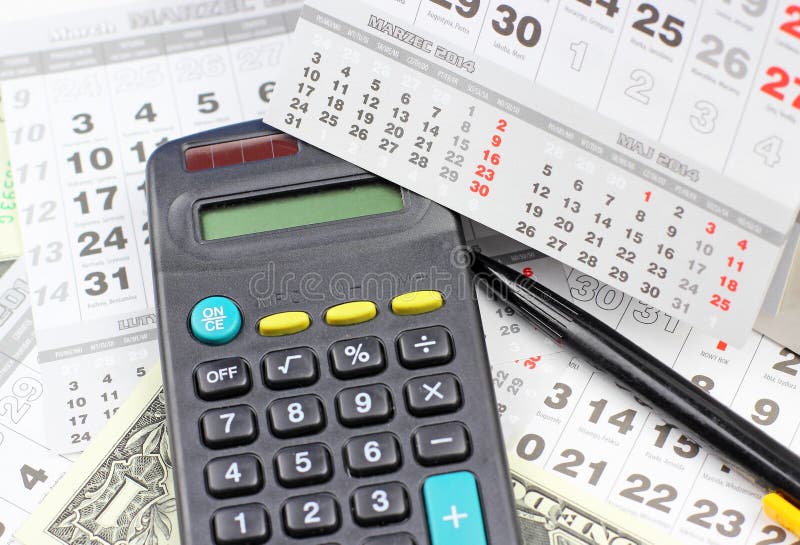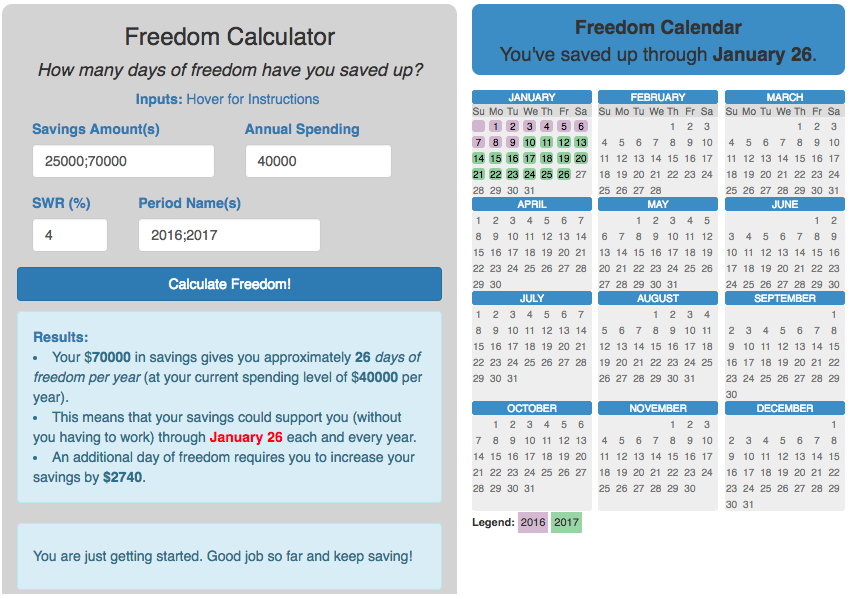

Users can plan for invoice preparation, support query time period, business meeting, shipping, events, vacation, travel, projects, payments, etc. Add any number of days to today or use the calendar to add days to previous or future date to find what date, what day, which day of the year, which week of the year, which week of the month and which quarter of the year, if x-number of days added. Get the detailed information when adding n-number of days added to any calendar date or today.

For example, a profession who would like to set up a meeting with other professionals, customers or vendors in another 10 business days, he or she can add 10 days to the Gregorian calendar date and refer the Business Days report to get the detailed information on what business date, what business day, which day of the year, which week of the year, which week of the month and which quarter of the year? If you have any questions or would like specialist coaching from myself on advanced calendar calculations or other topics in mental calculation, you’re welcome to contact me here.Calculate the Business Days by using this add days to date calculator. If you practise the advanced algorithm you may reach the speeds necessary to compete comfortably at the international level in this discipline! Learn these 100 values and your speed will increase dramatically.Ī further optimization would be to memorize the month +day joint contribution for all 366 days of the year, for example: For this reason it is perhaps better to change the year values so that:īecause we have now subtracted 2 from the year, we must balance this by adding 2 to the memorized values for the years. However for the rules in Memoriad and the Mental Calculation World Cup, the dates given are between 16, and the current century is the 2000s. Therefore it is faster to memorize the contributions for each of the 100 possibilities (e.g. The most complicated part of the algorithm shown above is in calculating the contribution for the year.

The 2nd day of the week is Tuesday (in this algorithm) so 10th January 2012 was a Tuesday. 15/7 has remainder +1Ģ +1 +4 +3 = 10… But for January/February in a leap year we need to subtract 1, and 10-1 = 9.Īgain we can take the remainder when dividing by 7: 9/7 has remainder +2. The 6th day of the week is Saturday (in this algorithm) so 18th August 1990 was a Saturday. 112/7 has remainder +0ģ +0 +6 +4 = 13… but again we can take the remainder when dividing by 7: 13/7 has remainder +6. So for 18, calculate that 18/7 has remainder +4.Īdd together the 4 contributions, but if the date is in January or February in a leap year, you must subtract one. Just use the date itself (so for the 18th August, use 18) But to simplify calculation later, it is better to find the remainder when dividing by 7. Century:ĭivide the year by 4 and ignore any remainder. For example:įor each component, calculate its contribution using the rules below. Easy Method:įor any date, we separate it into 4 components: century, year, month and day. With this method and advanced training methods the fastest calculators need less than one second to calculate any date. Or are you curious what day of the week a famous historical event happened Use our perpetual calendar calculator: if you enter a past or a future date, it will. There are many methods for this but the most popular among mental calculators is shown below.įirst we will demonstrate a variation that is easy to learn (1 date in about 5 seconds), and then we will see a modification to make it much faster (1 date in 2 seconds if you practise). This post deals with quickly calculating the day of the week (e.g.


 0 kommentar(er)
0 kommentar(er)
